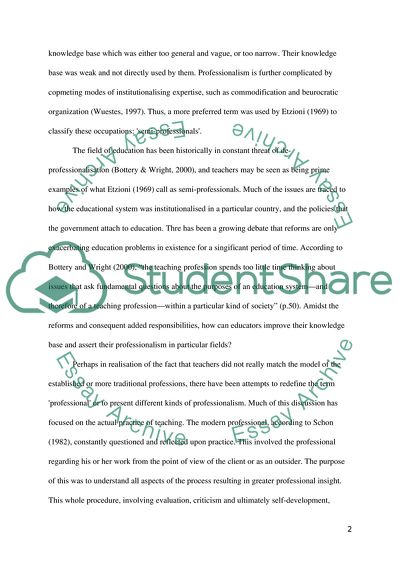Cite this document
(“How might the development of professional learning communities enhance Essay”, n.d.)
How might the development of professional learning communities enhance Essay. Retrieved from https://studentshare.org/miscellaneous/1566472-how-might-the-development-of-professional-learning-communities-enhance-teaching-and-learning-in-design-and-technology-in-the-primary-school
How might the development of professional learning communities enhance Essay. Retrieved from https://studentshare.org/miscellaneous/1566472-how-might-the-development-of-professional-learning-communities-enhance-teaching-and-learning-in-design-and-technology-in-the-primary-school
(How Might the Development of Professional Learning Communities Enhance Essay)
How Might the Development of Professional Learning Communities Enhance Essay. https://studentshare.org/miscellaneous/1566472-how-might-the-development-of-professional-learning-communities-enhance-teaching-and-learning-in-design-and-technology-in-the-primary-school.
How Might the Development of Professional Learning Communities Enhance Essay. https://studentshare.org/miscellaneous/1566472-how-might-the-development-of-professional-learning-communities-enhance-teaching-and-learning-in-design-and-technology-in-the-primary-school.
“How Might the Development of Professional Learning Communities Enhance Essay”, n.d. https://studentshare.org/miscellaneous/1566472-how-might-the-development-of-professional-learning-communities-enhance-teaching-and-learning-in-design-and-technology-in-the-primary-school.


